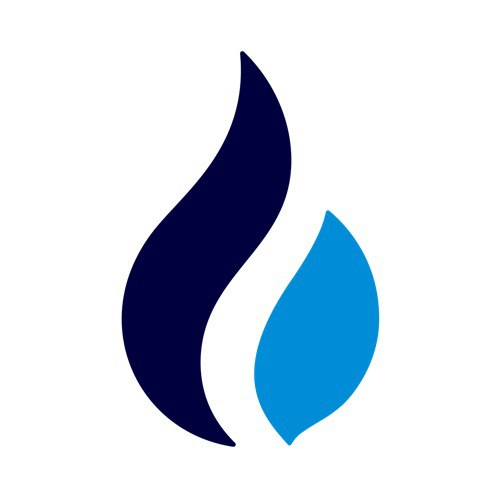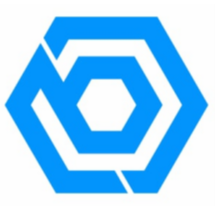
NFT
流通供应量
999,990,000,000,000
项目开始时间

2021年5月21日
关于
1. Background IntroductionAPENFT is a platform dedicated to bridging the world of art and blockchain technology. It aims to create a decentralized ecosystem for digital art and collectibles, leveraging the power of NFTs (Non-Fungible Tokens). The platform is built on the TRON blockchain, with support for Ethereum and Binance Smart Chain (BSC), ensuring cross-chain compatibility. APENFT focuses on high-value art pieces, including works by renowned artists like Picasso and Warhol, which are tokenized as NFTs to democratize access to fine art.2. Core Website ContentThe APENFT website showcases its mission to revolutionize the art market through blockchain. Key sections include: (1) Marketplace for buying/selling NFTs, (2) Art Collections featuring tokenized masterpieces, (3) Governance details for community-driven decisions, (4) Partnerships with major players like Christie's and Sotheby's, and (5) Roadmap outlining future developments. The site emphasizes its integration with TRON's high-speed, low-cost transactions.3. Technical FeaturesAPENFT utilizes TRON's blockchain for its scalability (2,000 TPS) and low fees (<$0.01 per transaction). It supports cross-chain interoperability via bridges to Ethereum and BSC, enabling wider NFT liquidity. Smart contracts govern NFT minting, ownership transfers, and royalty distributions. The platform also employs IPFS for decentralized storage, ensuring art authenticity and permanence. Unique to APENFT is its focus on "blue-chip" art NFTs, backed by physical artworks stored in secure vaults.4. Token EconomicsThe native token, NFT, has a total supply of 999,990,000,000. Token utilities include: (1) Governance voting rights, (2) Staking rewards, (3) Discounts on marketplace fees, and (4) Collateral for NFT loans. The tokenomics model burns 1% of transaction fees to create deflationary pressure. APENFT allocates 20% of tokens to art acquisitions, 35% to ecosystem growth, and 10% to team incentives (vested over 4 years).5. Similar Competitor ComparisonCompared to OpenSea (general NFT marketplace) or SuperRare (premium digital art), APENFT uniquely targets high-end physical art tokenization. While Rarible offers governance tokens like APENFT, none focus on bridging traditional art auctions with DeFi. APENFT's TRON integration gives it a cost advantage over Ethereum-based platforms (e.g., Foundation), but it faces brand recognition challenges versus established players. Its partnership-driven approach differs from community-centric platforms like KnownOrigin.6. Risks and ChallengesKey risks include: (1) Regulatory uncertainty around NFT-securitized physical assets, (2) Market volatility affecting high-value art NFT liquidity, (3) Dependence on TRON ecosystem growth, and (4) Authenticity disputes for tokenized physical art. The platform must also compete with luxury brands (e.g., Gucci NFTs) entering the space. Scalability could become an issue if art authentication processes can't keep pace with demand.7. Industry FutureThe NFT art market is projected to grow at 35% CAGR through 2027. APENFT is positioned to capitalize on: (1) Increasing institutional interest in art-backed NFTs, (2) Expansion of metaverse galleries requiring premium content, and (3) DeFi integrations like fractionalized art ownership. Success hinges on establishing APENFT as the "Sotheby's of blockchain" while navigating the cultural shift toward digital art ownership among traditional collectors.8. SummaryAPENFT presents an innovative fusion of fine art and blockchain, differentiating itself through high-value physical art tokenization and cross-chain flexibility. Its TRON-based infrastructure offers cost advantages, though broader adoption requires overcoming competition and regulatory hurdles. The tokenomics model aligns incentives between artists, collectors, and investors. While risks exist in this nascent market, APENFT's partnerships and focus on blue-chip art could position it as a leader in the NFT-powered art revolution. 更多>












































 看多
看多
 看空
看空